Related Research Articles
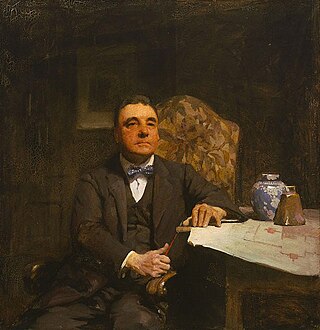
The Archibald Prize is an Australian portraiture art prize for painting, generally seen as the most prestigious portrait prize in Australia. It was first awarded in 1921 after the receipt of a bequest from J. F. Archibald, the editor of The Bulletin who died in 1919. It is administered by the trustees of the Art Gallery of New South Wales and awarded for "the best portrait, preferentially of some man or woman distinguished in Art, Letters, Science or Politics, painted by an artist resident in Australia during the twelve months preceding the date fixed by the trustees for sending in the pictures". The Archibald Prize has been awarded annually since 1921 and since July 2015 the prize has been AU$100,000.
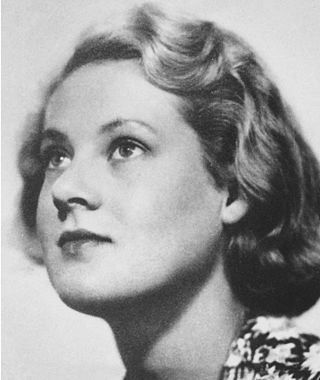
Joy St Clair Hester was an Australian artist. She was a member of the Angry Penguins movement and the Heide Circle who played an integral role in the development of Australian Modernism. Hester is best known for her bold and expressive ink drawings. Her work was charged with a heightened awareness of mortality due to the death of her father during her childhood, the threat of war, and her personal experience with Hodgkin's disease. Hester is most well known for the series Face, Sleep, and Love (1948–49) as well as the later works, The Lovers (1956–58).
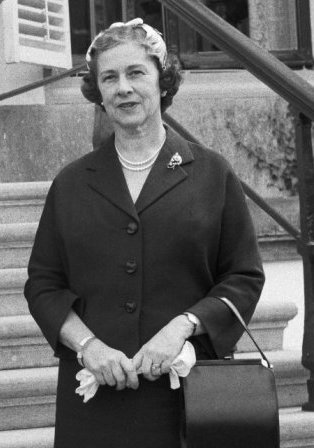
Dame Alexandra Margaret Martin Hasluck, Lady Hasluck,, also known as Alix Hasluck, was an Australian author and social historian. She published a number of works on the history of Western Australia. She was the wife of Sir Paul Hasluck, Governor-General of Australia.

Harold Septimus Power, usually known as H. Septimus Power or H. S. Power, was a New Zealand-born Australian artist, who was an official war artist for Australia in World War I.
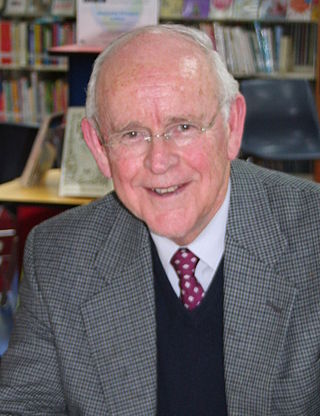
Nicholas Paul Hasluck AM is an Australian novelist, poet, short story writer, and former judge.
William "Wim" Boissevain was an Australian painter.
Ella Fry (1916–1997) was an artist, musician, and chairperson of the Western Australian Art Gallery, in Perth, Western Australia from 1976 to 1986.
Helena Rubinstein portrait prize, also known as "Boans – Helena Rubinstein portrait prize", was an annual prize of £300 for portraiture by an Australian artist, awarded by the Helena Rubinstein Foundation, and mostly staged at the Claude Hotchin Gallery in Western Australia. It is likely that the prize ceased in 1966, but there is a reference to Robert Juniper winning in 1976 with "Portrait of Rose"
Sir Claude Hotchin OBE was a businessman and art dealer, patron and benefactor in Western Australia. He is remembered for his support for Australian painters and Western Australian art galleries.
Robert Esmond George was an Australian theatre actor and director, but mostly remembered as a watercolor artist and art critic. His wife, professionally known as Elizabeth George, was a well-known journalist.
Portia Mary Bennett was an Australian artist. The daughter of William Albert Bennett, a harbour pilot from London, and Portia Bohannah Booth, born in Australia, she was born in Balmain, a suburb of Sydney. Her father drowned while she was still young. She was educated at Fort Street Girls' High School and then studied with Antonio Dattilo Rubbo at the school of the Art Society of New South Wales. She attended the Sydney Teachers' College, studying art there with May Marsden. She also attended the Julian Ashton Art School. She taught at Chatswood Intermediate School and Darlington Public School and then, from 1921 to 1925, was on the teaching staff of the Sydney Teachers' College. In 1933, she was a founding member of the Perth Society of Artists.
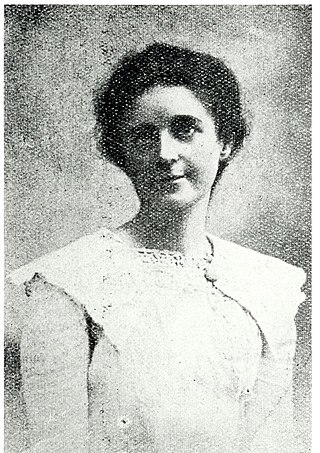
Portia Swanston Geach was an Australian artist and feminist. She was a founder and a president of the New South Wales Housewives' Association, as well as a president of the Federal Association of Australian Housewives. The Portia Geach Memorial Award, established by a legacy from Geach's sister, is Australia's most significant prize for Australian female portrait artists.
Six Directions was an art collective in Sydney, Australia, formed in 1953 by six post-war immigrants from Europe. They held group exhibitions at Bissietta's Gallery, at 70 Pitt Street, Sydney in 1957 and at the Riverside Gallery, Canberra, in 1958. All were members of the Contemporary Art Society of New South Wales, and were described as bringing new interest in texture to Australia.
Henry Salkauskas was an Australian printmaker and abstract artist in watercolors, a refugee from Lithuania.
Phillip William Goatcher, often spelled "Philip", signing his work "Phil. W. Goatcher", was an English-born theatre scene painter who had a considerable career in America and Australia. His American-born son James Goatcher followed in his father's footsteps in Sydney, then both left for Perth, Western Australia, where they set up in business as painters and decorators. In later life James Goatcher was a highly regarded watercolor artist.
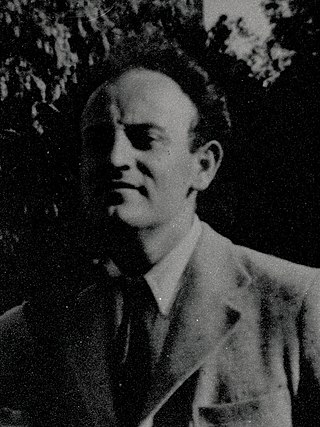
Gray Smith was an Australian artist, poet and jeweller who was part of the Heide Circle. While best known as the famous Australian artist Joy Hester's spouse, his most productive artistic period came later while married to Joan Upward in the '60s and '70s. Smith's modernist paintings often featured isolated figures in Australian outback landscapes.
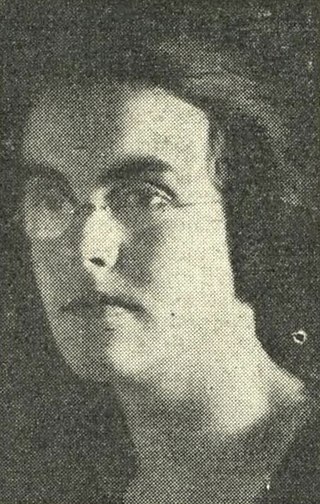
Beatrice Dean Darbyshire was an Australian artist. She was best known for her etchings, two of which were selected for display at the British Empire Exhibition in 1924 and 1925.
Marshall Waller Gervase Clifton, usually referred to as Marshall Clifton, was a Western Australian architect and artist known for watercolors.
Ian Neil Templeman was an Australian poet, artist and arts administrator.

Bethia Foott (1907–1995) was an Australian non-fiction writer. She is best known for Dismissal of a Premier, a record of the 1932 dismissal of Jack Lang by the New South Wales Governor, Sir Philip Game.
References
- ↑ "Claude Hotchin Bequest". The Narrogin Observer . Vol. 49, no. 2519. Western Australia. 27 November 1953. p. 12. Retrieved 1 May 2023– via National Library of Australia.
- ↑ "Young Winner in Jubilee Art Show". The West Australian . Vol. 67, no. 20, 353. Western Australia. 12 October 1951. p. 2. Retrieved 1 May 2023– via National Library of Australia.
- ↑ "W.A. Entrants For Red Cross Exhibition". The West Australian . Vol. 68, no. 20, 479. Western Australia. 8 March 1952. p. 11. Retrieved 1 May 2023– via National Library of Australia.
- ↑ "Rembrandt, clip that beard". The Daily News (Perth) . Vol. LXXIII, no. 24, 606. Western Australia. 5 October 1955. p. 17. Retrieved 1 May 2023– via National Library of Australia.
- ↑ "Honours for Romola". The Western Mail (Perth) . Western Australia. 13 August 1953. p. 28. Retrieved 1 May 2023– via National Library of Australia.
- ↑ "Romola Clifton". Design and Art Australia. Retrieved 1 May 2023.
- ↑ "Paul Meernaa Caedwalla Hasluck". Australian Parliament House. Retrieved 2023-05-02.
- ↑ "Templeman, Romola". Australian Women's Register. Retrieved 1 May 2023.
- ↑ Meredith Hinchliffe. "Distinguished Canberra artist dies at 99". CBR City News . Retrieved 1 May 2023.
- ↑ "Papers of Romola Templeman, 1940–circa 1989 [manuscript] (10 boxes)". National Library of Australia. Retrieved 2023-05-02.